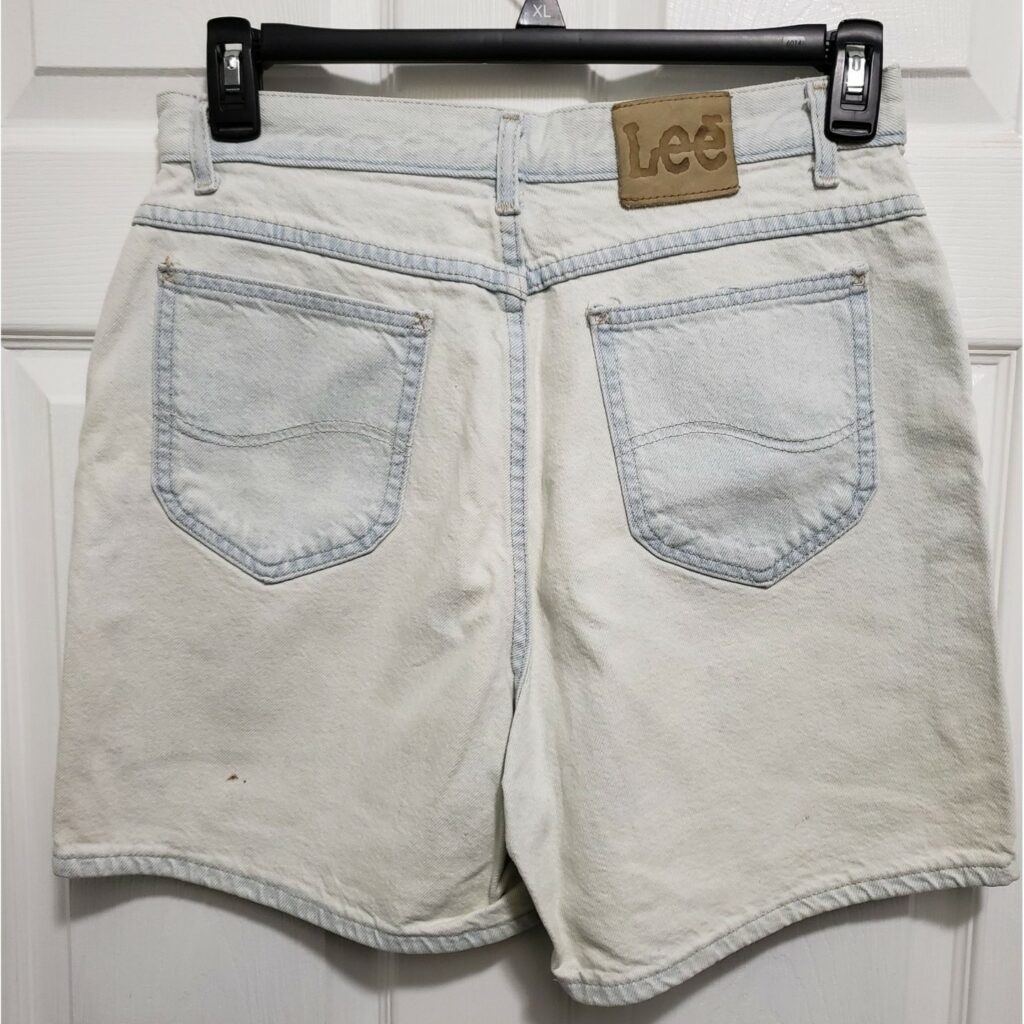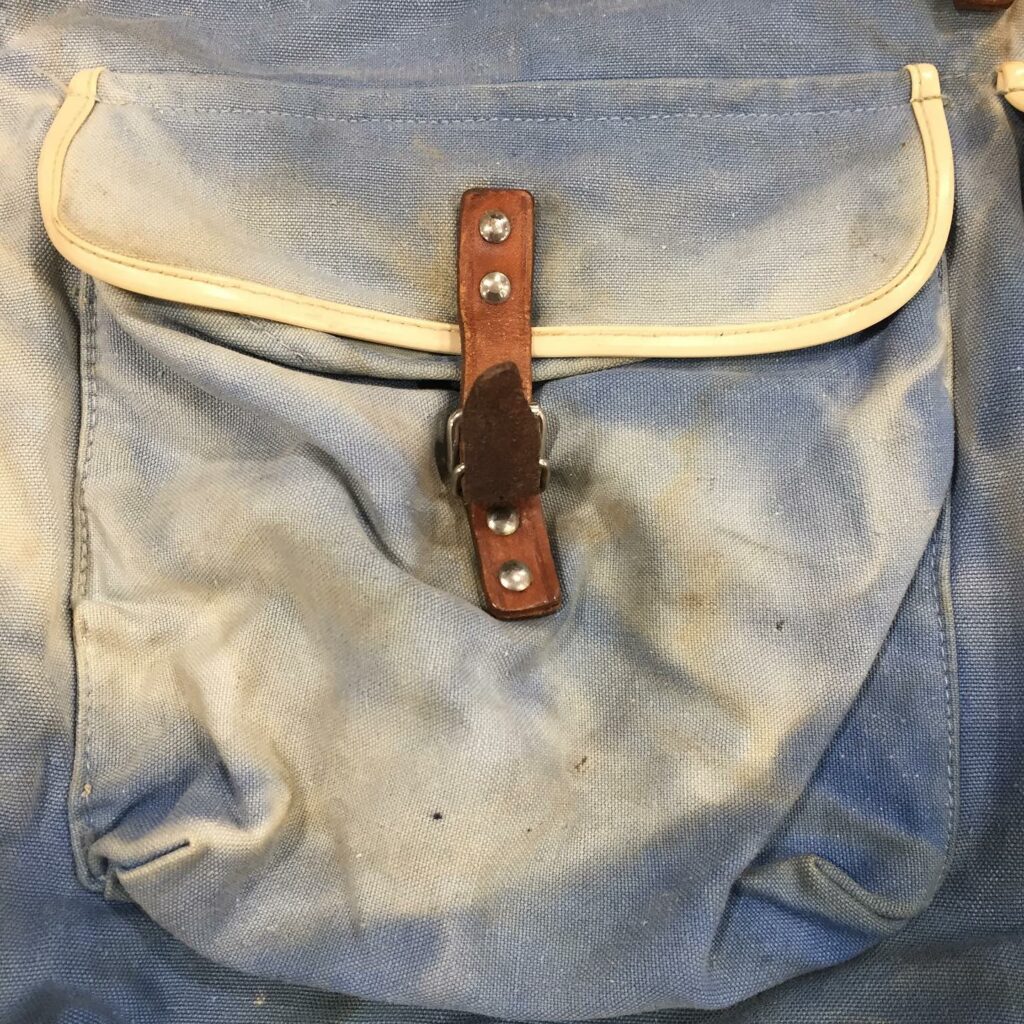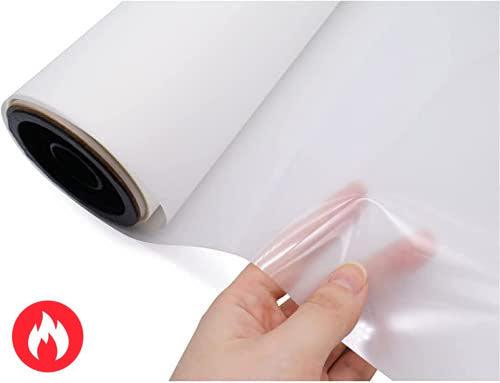Are you tired of dealing with faded blue prints in DTF? If so, you are not alone yourself. In many sectors, faded Blue prints are an issue that have major repercussions. The loss of color and clarity can result in misinterpretation, errors, and delays in the completion of crucial projects.
In fields like engineering, architecture, and construction where accurate dimensions and details are essential, the issue of fading Blue prints is especially troubling. It is difficult to discern between various lines and symbols in these prints due to the loss of blue color. This results in mistakes and pose a safety risk. Additionally, the price of duplicating these prints may be high, particularly for big projects.

Blue prints may fade, but there are actions you can do to stop it. You can make sure that the blue color stays brilliant and the prints remain readable over time by using high-quality fabric and ink and carefully preserving the prints. These easy procedures will help you prevent expensive errors in your projects and ultimately save you time, money, and stress.
Why Does Blue (or any color) Fade in DTF Prints?
The blue colour on the printed design seems washed out and faded, which is a frequent problem with DTF printing. This issue could result to a lower-quality finished output, which may be annoying for both printers and consumers.
Due to the nature of the method used in DTF printing, the blue colour is especially prone to fading. The ink used in DTF printing is typically a pigment-based ink. It is sprayed onto the film before being transferred onto the fabric.
Larger particles in pigment-based inks have a tendency to separate and settle with time. This makes the blue colour seem more washed out and less bright.
Blue ink exhibits this effect more overtly owing to its chemical composition and how it absorbs light. Fading blue prints can take away from the overall look of the design, making it look dull and unattractive. As a result, it’s essential to handle this issue in order to ensure that the prints satisfy the standards set by customers.
Causes
In DTF printing, fading blue prints is caused by a variety of factors. Some of these factors are as follows:
- Poor ink quality: The print quality as a whole, including colour brightness and lifespan, is affected by the quality of the ink that you use. Prints may fade if the ink is of poor quality and does not adhere to the transfer film correctly.
- Incompatible transfer film: As stated earlier, using an incompatible or low-quality transfer film can also lead to faded prints. It’s possible that the colour won’t be correctly or evenly transferred if the transfer film isn’t made to operate with the particular ink being used.
- Incorrect printer settings: These settings may also cause prints to fade. This may include problems including poor print head alignment, poor colour calibration, or low resolution.
- Environmental aspects: A print’s overall quality may be impacted by environmental aspects including temperature and humidity. The ink may dry out too soon or fail to adhere correctly to the transfer film if the printing environment is excessively hot or humid.
- Wear and tear: Do DTF transfers fade if we use a DTF printer for a very long time, say 3 years? The printer or printhead may degrade the quality of prints over time due to wear and tear. This can include problems like clogged nozzles, which might lead to fading or irregular prints.
Impact of faded Blue prints on t-shirt and garment printing

The quality and look of t-shirt and clothing printing is greatly affected by faded blue prints. A fading blue print may make the whole design seem drab and unpleasant. Blue is a color that businesses often use in designs.
This can make customers unhappy and cause printing businesses to decreased sales. Additionally, as the ink used in DTF printing may deteriorate over time, fading blue prints can also limit how long a design will last.
This implies that after a few washes, the print can fade or peel, producing a lower-quality product. To maintain high-quality and long-lasting prints, it is important to address the significant impact that fading blue prints have on t-shirt and garment printing.
How To Fix Dull or Faded Blue DTF Prints?
Thankfully, there are a number of ways to stop fading blue prints in DTF printing. Some approaches to solve this problem include the following:
- Proper use of ink: Using the correct type of ink can help prevent faded blue prints. Printers can use sublimation ink, which has finer particles and can be better absorbed into the fabric, as opposed to a traditional pigment-based ink. With less chance of the ink setting and separating, the blue color will be more vivid and durable.
- Making the right film selection: The final print quality of DTF printing can be additionally influenced by the kind of film used. Blue prints that have faded may be avoided by using a high-quality DTF PET film with a coating that makes the ink stick to the cloth more effectively. A coated film can help in preventing ink from bleeding or fading, producing a print that is more vivid and durable.
- Proper printer settings: The printer settings used while printing also impact print quality. Adjusting printer parameters such as temperature and pressure could help ensure that ink is delivered uniformly onto the cloth, resulting in a more brilliant and long-lasting print.
Printers can avoid faded blue prints and create high-quality, long-lasting prints that match client expectations through using the proper ink, film, and printer settings.
What if these solutions don’t work?

Even when using the right ink, film, and printer settings, faded blue prints might sometimes still happen. However, there are ways to fix faded blue prints and salvage the final product. Here are some strategies for dealing with fading blue prints:
- Changing the printer’s settings: If your blue prints start to fade, you may be able to get better-quality prints by changing the printer’s temperature, pressure, or speed settings. This ensures the ink is applied to the cloth more uniformly, producing a print that is more vivid and durable.
- Changing the ink or film: Old or expired ink or film can result in faded blue prints. You can enhance the quality of the final print by switching either the ink or film with new, premium components.
Use of Matte Film
Use of double-sided matte film is another remedy for the problem of fading prints in colors other than blue. Since the problem is with the transfer film, cleaning the print head will not fix it.
There are two thicknesses of double-sided matte film: 75μm and 100μm. You might figure out which thickness is ideal for your particular requirements by experimenting with both. In some circumstances, employing the 100μm thickness can give clear prints free of fading in shades of brown, olive green, or other colors. This solution can help ensure that all prints, regardless of color, have a high-quality and long-lasting finish.

Faded blue prints could be the result of faulty or unsuitable transfer film. Even when using a brand-new printhead and printer with a flawless nozzle output, this problem occurs with blues, purples, and pinks. Using a new batch of transfer film may fix the issue.
It is conceivable that the previous stock of transfer film was flawed or incompatible with the used ink, resulting in faded prints. Try a new batch of transfer film to get high-quality, fade-resistant prints. If the problem is with the transfer film, you won’t need to troubleshoot the printer or printhead, which may save you time and money.
Adding Blue Gradient
If you are experiencing faded blue prints with reddish-tinged lines, adding a small gradient to the blue can help to resolve the issue. This type of gradient should be almost imperceptible to the naked eye.
By adding a tint to the blue, you can make sure that the ink is spread out more evenly, which makes it less likely that the colors will fade or look different. This remedy is a simple repair that doesn’t call for any extra tools or supplies. However, this solution may not work for all situations, and if the problem persists, check other ink, transfer film, or printer settings issues.
Consult a pro: If faded blue prints keep happening even after you change the printer settings and replace the ink or film, you may need to talk to a pro. A specialist can identify the source of the issue and provide recommendations on how to resolve it.
Conclusion
In conclusion, faded Blue prints in DTF has significant impact the quality and durability of t-shirt and garment. However, printers can prevent producing faded blue prints and generate high-quality, long-lasting prints by utilizing the proper ink, film, and printer settings.
When faded blue prints do happen, making changes to the printer’s settings first. Next, you can try buying new ink or film, or getting expert advice will help repair the problem. Addressing this problem is essential for printing businesses to meet customer expectations and ensure continued success.
FAQs
The blue color contains larger pigment particles compared to other colors. It can make it more difficult to absorb into the fabric during the transfer process. This can result in a faded appearance.
Yes, it is possible to restore faded blue prints. You can try modifying printer settings, changing stale or expired ink or film, or seeking professional assistance.
To avoid fading blue prints, choose a sublimation ink that is better absorbed into the fabric. A high-quality film with a coating that helps the ink cling, and printer settings that assure even ink transfer.
Using the right ink, film, and printer settings can help avoid fading and provide a high-quality. But, there is no assurance that prints will never fade.

Ashley Wang is a skilled sales manager with knowledge in DTF printing. She presently works for ShenLan Digital, a reputable DTF printer maker. Ashley is the best person to offer advice on selecting the most suitable DTF printer because she has tested a lot of them. She launched DTFPrinterSchool to educate individuals and organizations about DTF printing technology, providing her expertise and observations on the most recent advancements in the sector. Ashley is an invaluable resource for businesses and individuals wishing to invest in DTF printing technology because of her expertise and experience in the industry.
